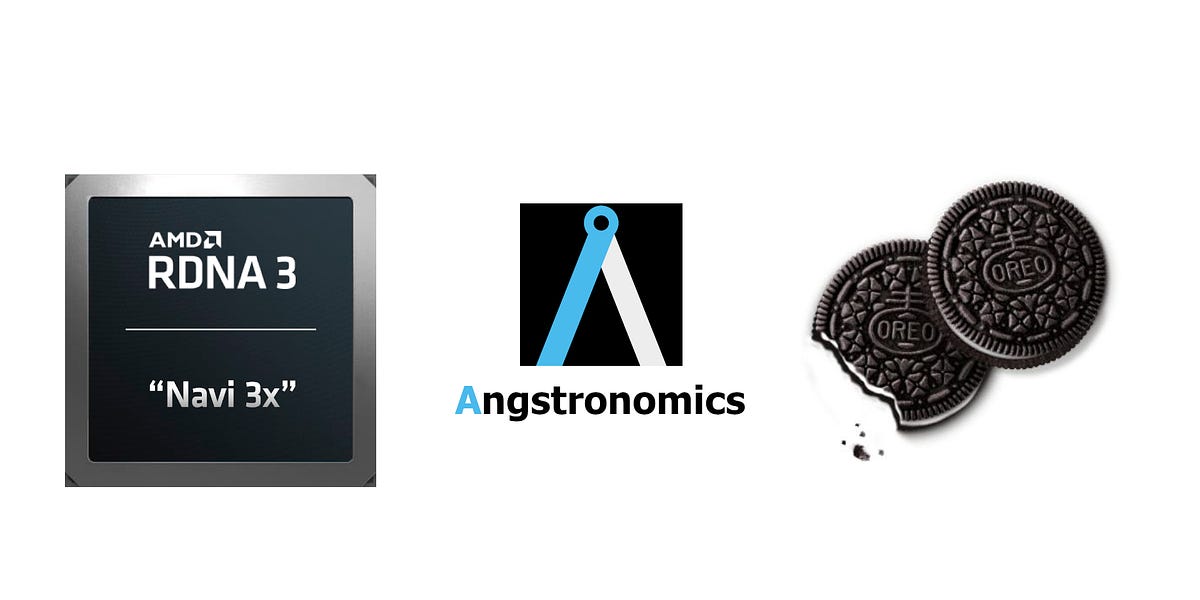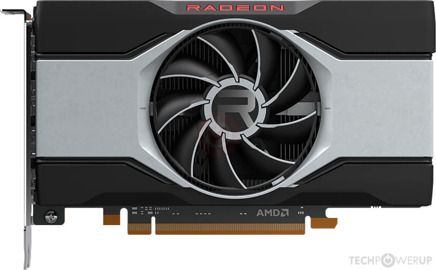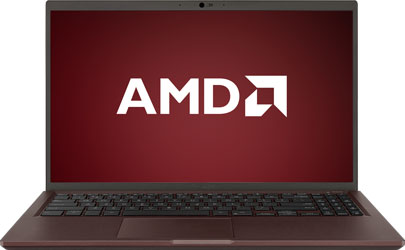Soldato
- Joined
- 28 Oct 2011
- Posts
- 8,654
If the 6800XT isn't 16GB, and matching a 6900/50XT - then WOW.
Please remember that any mention of competitors, hinting at competitors or offering to provide details of competitors will result in an account suspension. The full rules can be found under the 'Terms and Rules' link in the bottom right corner of your screen. Just don't mention competitors in any way, shape or form and you'll be OK.
You say all that, but the performance numbers suggest otherwise.No, not a chance.
You say all that, but the performance numbers suggest otherwise.
The only thing that might be a disadvantage for AMD, is the lack of a large L2 cache (instead there's infinity cache).
Some people insist that Navi32 has a 192bit memory interface for some reason, it's very likely to be wrong.
Do we have official specs or is it the rumor mill?The 7900XT has 40% more Shaders and assuming a 256Bit bus on the 7800XT a 25% wider bus, yet its only 27% faster than the 6800XT.
Maths don't lie....
Do we have official specs or is it the rumor mill?
Well, I was basing off the ones on Angstronomics, which were made available ages ago.
I'd like to hope what we're seeing is the 7700xt, if even AMD starts going backwards on price/performance we'll seriously have to start hoping Moore threads or other chinese players are willing to give a serious shot.We are going off the TPU specs, we all are, if that isn't right, if its a different GPU...... then its a different GPU.

Here you go:

They are for Navi32, not 7800XT specifically.
The article came out months before the release of the Navi31 chips, and it was accurate.

If the 6800XT isn't 16GB, and matching a 6900/50XT - then WOW.
Is there any chance in you opinion that 7800XT will somehow be on N31?Thanks.
256Bit Bus, yes i think TPU probably got that wrong.
7680 ALUs <that is Dual Execute Shaders, even AMD don't list it as that, they list it as shader units rather than their execution capabilities. half of 7680 is 3840, which is what TPU also listed, along with the 200mm Logic die.
Is there any chance in you opinion that 7800XT will somehow be on N31?
Unless it will be the 6800 of this generation, a very rarely seen chip that fills a price/performance niche in name and uses the bottom bins.Navi 31 is a 300mm die, they aren't going to let 100mm of silicon go to waste.
Having said that they may have to, or do something, i don't necessarily think AMD are doomed, they know the problem better than we do, if there is a problem they will do something about it, because they can't not.
It's only dire if they try and charge 800 sheets for one. The actual chip and architecture itself is still pretty sweet.This paints a pretty dire picture
Well, since the plain 6800 also had the best perf/watt I think that would possibly their best card this gen. As we saw last gen when things like the 6700 XT got clocked a good bit past the perf/watt sweetspot (AKA once the mining boom was in swing everything which was release was clocked to the max and pre-skalped (also witness the 3080 vs the 3080 Ti)).Unless it will be the 6800 of this generation, a very rarely seen chip that fills a price/performance niche in name and uses the bottom bins.




Yeah that's what I was thinking, I cant believe they would do this. I may end up skipping this Gen altogether although still fancy a 7900XT further down the line but might just wait. RX6800 still performs brilliantly.

